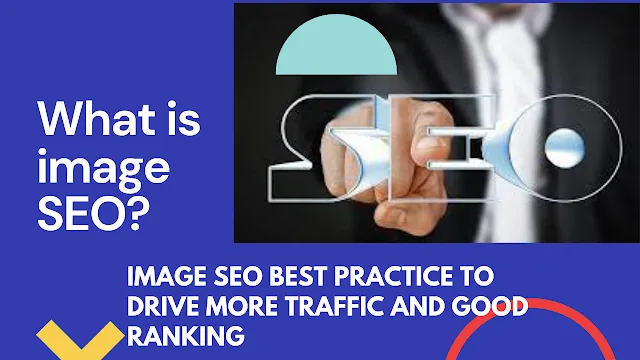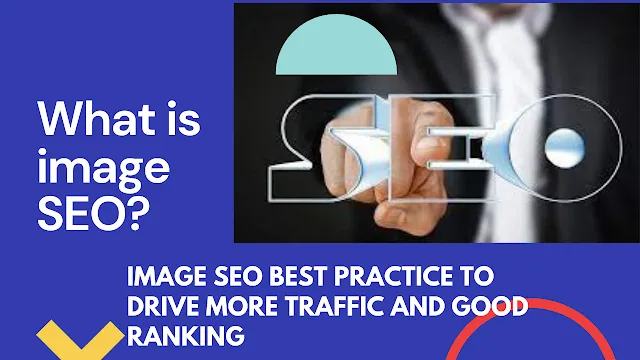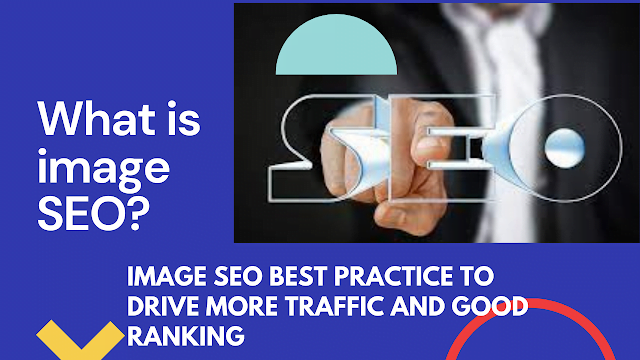Friends, if you want a better ranking on Google search results and huge traffic to your site. Then you should do these 13 image SEO best practices for your content by following the methods I’m going to describe in this post.
Every time, when you write a post, you should use these best ideas to do image SEO to get a better ranking and traffic to your site.
Friends, In this post, I’m describing what is image SEO, is and the importance of image SEO for your site’s content. Image SEO best practice to improve your site.
And I’ll provide the best ideas and techniques to do image SEO which is important to increase On-Page SEO score, SEO visibility, and get high traffic to your site.
I’ll also try to answer FAQs on this topic such as what is image SEO. Image SEO best practice, Is image SEO important? How can I optimize an image without losing quality? Can image SEO increase my page CTR?
Why should we do image SEO? What is the relation between image SEO and On-Page SEO? Can we boost SERP ranking and web traffic by doing image SEO? How to do image SEO to increase organic traffic, and SEO visibility score?
Table of Contents
What is image SEO?
Providing a content-related eye-catching image with a full description such as caption, title tag, and alt tag to make it a summary of the content is called image SEO.
Image SEO is important for your content in many ways. Content with SEO-friendly images has more possibility to rank on Google’s search results.
You may know it as creating an SEO-friendly image for content to understand your content much better by users and search engines.
What is the importance of image SEO?

An eye-catching SEO-friendly image can attract more visitors to query your site for that specific content. A well-optimized image helps users and search engine crawlers to better understand your content.
It helps to increase shareability and the number of visitors to your site. In this way, Image optimization opens the door for many advantages.
Such as better user experience, speed up the site’s load time, and a chance to rank at the top of google’s search results due to an eye-catching and well-optimized image.
Here are some examples that show the importance and benefits of image SEO
Don Morgan at Web Section succeeds in ranking #1 google in just 4 days after optimizing an image “Best person in Cardiff.
Robbie Richards earned more than 1.5 lakh traffic in a short time due to implementing image SEO, for their content’s images.
Some report shows that about 20% of people in the US go to any post by images.
All these examples are only to show the importance and benefits of image SEO that it helps to increase traffic, boost ranking, and increase CTR.
13 image SEO best practice to drive more traffic and get a good ranking

1. Use Unique Image
You should create a unique image for every content. Because if you use stock images for your blog content. Then those images may be used by several sites.
So using stock photos will not provide unicity to your content. You can edit the stock photos to make them unique before using them for content.
2. Use a Large image
You should use large images for your content because google likes it. A large-sized image has more chances to be featured by Google. Also, Google recommends using large-size images in its advanced SEO techniques.
Images should be minimum of 1200px in width. So go to the image setting and select the large option at the time of adding an image to the content.
3. Compress images before uploading
You should compress images before uploading them to the web page. Because the weight of images shouldn’t be more than 21% of the total weight of a web page.
If you use blogger then you can use photoshop or other photo compressing apps or tools to compress your images without losing quality.
But if you use WordPress then there are so many plugins to do it such as WebP images and WP Smush. etc.
4. Select the right format of the image to upload.
Select the perfect format of the image by thinking about image quality, file size, and supported browsers before uploading it on your web page.
There are 3 known formats available PNG, JPEG, and WebP. The images in PNG format are good in quality but have a big file size.
The quality of images in JPEG format is not so good as compared to PNG format but its file size is less than PNG. There is another image format WebP.
This format is much better than both the formats PNG and JPEG according to image quality and file size to upload on your web page.
5. Don’t use copyrighted images
You shouldn’t use any copyright images on your web page otherwise you may face some problems.
These problems may be a takedown notice by DMCA for that specific page on which you have used a copyrighted image or legal notice by the court.
It may happen if you use a copyrighted image and its real honor claims for this illegal activity.
So try to create your unique image or get it from copyright-free image sites. These sites are Pexals, Unsplash, etc.
6. Choose the right filename
You should choose the right file for your image. It will help search engines to find the category of your content.
If your image is about increasing web traffic the file name should be related to these keywords.
If you write the file name for this image cricket, gardening, or anything else that is not related to this image then its impact will be bad for On-Page SEO.
7. Upload only content-related images

You should upload the only content-related image on the web page otherwise google will detect you as a spammer misleading the search engine.
Such action comes under black hat SEO. So upload only content-related images on the web page. So uploading the content-related image is considered an image SEO best practice.
8. Images naming
You should use the title and keywords for naming the images. It makes an image more SEO-friendly. Such images represent content properly to gain more attention from visitors.
9. write title tag and alt tag
You should use the main keyword for adding an alt tag and full title for the title tag. It makes an image SEO-friendly and easy to reach for search engines.
For it, go to a setting that appears after clicking on the image. Write the main keyword of that web page on the alt box, and the title on the title box then update it. That’s it.
10. Image CDN’s role
Image CDN plays an important role in boosting SEO by user detection, and reducing image load time.
Delivering images in the most suitable way to different devices. Thanks for this technology that helps in SEO boosting.
11. Define image dimension if needed
You need to define image dimension in the source code if using AMP or PaWAs.
But if not using this feature then the browser is free to serve images with suitable dimensions. It also helps to reduce the CLS issue.
12. Create a sitemap for image
You can create a sitemap for images to provide full information about your image to Google for indexing and ranking.
But if you use WordPress then Yost SEO will provide these facilities. Creating an image sitemap is image SEO’s best practice.
13. Decrease the file size of the image without losing quality
You should decrease the file size of the image before uploading it to the web page.
There are so many tools and plugins and tools to decrease the file size of an image without losing quality.
These sources are Imageoptim, short pixel, compresser.io, etc. Decreasing the file size of an image is image SEO best practice.
Friends, If you do these 13 image SEO best practices then you can easily improve your site by driving more organic traffic and good rank in Google search results.
Also, this is one of the best parts of On-Page SEO. You can use quality images on article republishing sites like medium.com to get more referral traffic.
If someone wants to use your image on their web page they will give you a link back that will give strength to your link-building strategy and Off-Page SEO.
You should the post:
How to find best tool for SEO audit? 11 best SEO audit tools to secure ranking
